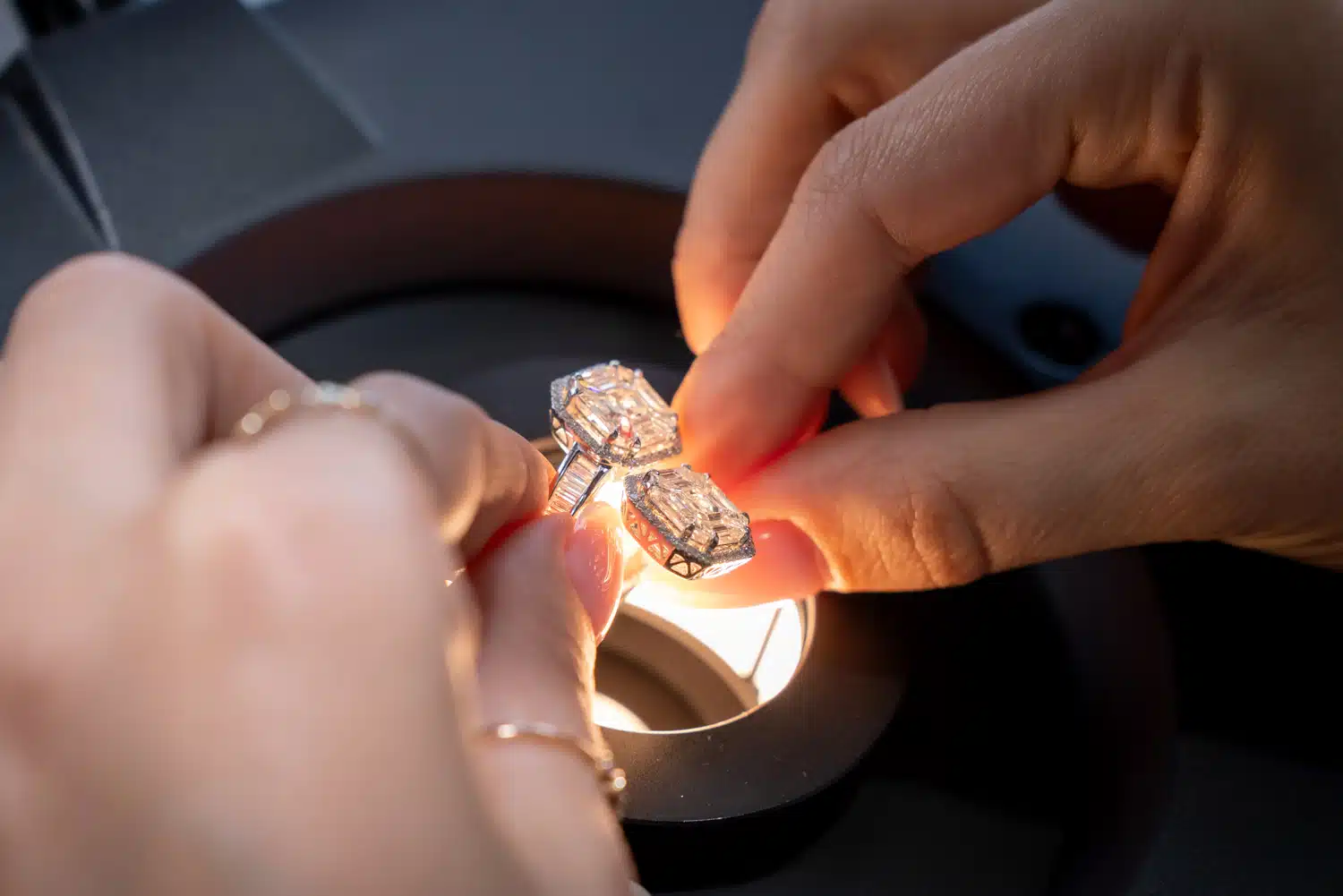The Development of Engagement Rings
With regards to choosing the ideal fabricar mi anillo de compromiso, lab-grown diamonds have arisen as an unmistakable decision for present day couples. As innovation progresses, these manufactured jewels offer an ethical, affordable, and harmless to the ecosystem option in contrast to customary mined diamonds. This guide gives a top to bottom investigate why lab-grown diamonds are turning out to be progressively well known and how they face their regular partners concerning quality, worth, and effect.
What Are Lab-Grown Diamonds?
Lab-grown diamonds, otherwise called engineered diamonds or refined diamonds, are genuine diamonds established in a controlled laboratory climate. Not at all like regular diamonds, which are framed more than billions of years underneath the World’s surface, lab-grown diamonds are delivered utilizing progressed mechanical strategies that reproduce normal cycles. These diamonds are artificially, truly, and optically indistinguishable from mined diamonds, offering a similar splendor and strength.
Kinds of Lab-Grown Diamonds
There are two essential techniques for making lab-grown diamonds:
High Strain High Temperature (HPHT): This technique mimics the high tension and high temperature conditions tracked down in the World’s mantle. HPHT diamonds are frequently utilized for modern purposes yet can likewise be of jewel quality.
Synthetic Fume Testimony (CVD): CVD includes keeping carbon molecules onto a substrate to shape precious stone gems. This cycle takes into account the development of bigger and more clear diamonds, frequently utilized for fine adornments.
Advantages of Picking Lab-Grown Diamonds
Ethical Contemplations
Lab-grown diamonds give a contention free option in contrast to mined diamonds. Customary precious stone mining has been related with different ethical issues, including denials of basic liberties and natural corruption. By picking lab-grown diamonds, shoppers can guarantee their buy doesn’t add to these worries.
Natural Effect
The natural effect of lab-grown diamonds is essentially lower contrasted with conventional precious stone mining. Mining activities can prompt deforestation, soil disintegration, and water tainting. Interestingly, lab-grown diamonds are delivered with insignificant ecological interruption, making them a more manageable choice.
Cost-Adequacy
Lab-grown diamonds frequently cost between 20% to 40% not exactly their mined partners. This cost productivity permits customers to either put resources into a bigger or more excellent stone at a similar cost or to distribute the reserve funds toward different parts of the engagement ring, like setting and plan.
Quality and Virtue
lab grown diamonds are dependent upon thorough quality control processes. They frequently show less considerations and flaws contrasted with mined diamonds. Moreover, they are reviewed involving similar rules as regular diamonds, including the Four Cs: Cut, Variety, Lucidity, and Carat Weight.
Choosing the Ideal Lab-Grown Jewel for Your Engagement Ring
1. Decide the Ideal Carat Weight
The carat weight of a precious stone straightforwardly influences its size and, thusly, its visual effect. While lab-grown diamonds are more financially savvy, it is fundamental to pick a carat weight that lines up with your inclinations and spending plan. Recall that a very much cut precious stone can seem bigger than its carat weight proposes.
2. Pick the Right Cut
The cut of a jewel influences its splendor and shimmer. The most famous cuts incorporate the Round Splendid, Princess, Pad, and Emerald cuts. Each cut has its interesting attributes and can improve the precious stone’s appearance. A very much cut jewel expands light reflection, making the stone show up more energetic and stunning.
3. Survey the Variety Grade
Lab-grown diamonds are available in a scope of varieties, from dull to black out yellow or brown. The variety grade is a fundamental figure deciding a precious stone’s general worth. For an engagement ring, the vast majority decide on diamonds in the G-H variety range, which offers a harmony among quality and moderateness.
4. Assess the Clearness
Clearness alludes to the presence of inside or outer defects, known as incorporations and imperfections. Lab-grown diamonds ordinarily display less defects than mined diamonds. Search for diamonds with higher lucidity grades, like VS1 or VS2, to guarantee an unmistakable and shining stone.
5. Select the Setting and Style
The setting of an engagement ring assumes an essential part in displaying the jewel. Famous settings for lab-grown diamonds incorporate solitaire, radiance, and three-stone settings. Consider the beneficiary’s style and inclinations while picking the setting, as it will upgrade the general stylish of the ring.
Caring for Your Lab-Grown Jewel
Legitimate consideration and upkeep are fundamental for protecting the magnificence and life span of your lab-grown precious stone. Follow these tips to keep your jewel putting its best self forward:
Ordinary Cleaning: Clean your jewel consistently utilizing a gentle cleanser arrangement and a delicate brush. Try not to utilize brutal synthetic compounds or grating materials.
Keep away from Unforgiving Synthetics: Eliminate your precious stone ring prior to utilizing cleaning items or participating in exercises that might open it to synthetics.
Secure Capacity: Store your precious stone ring in a delicate pocket or gems box to forestall scratches and harm.
Conclusion
Lab-grown diamonds address a cutting edge, ethical, and savvy decision for engagement rings. They offer similar stunning brightness and solidness as regular diamonds while tending to huge ethical and natural worries. By understanding the different parts of lab-grown diamonds, including their advantages, quality, and care, you can settle on an educated choice and select a shocking engagement ring that reflects both your own style and values.

